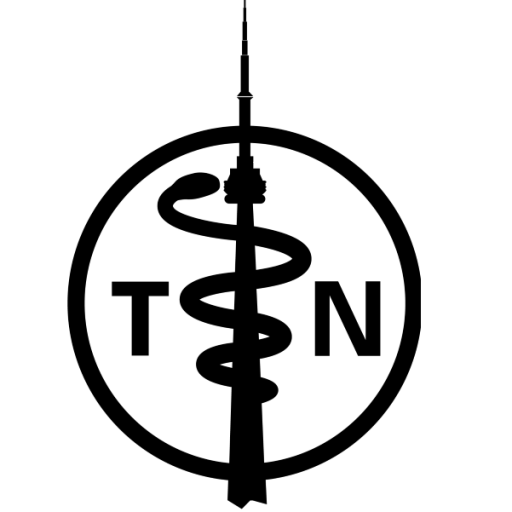The motor component of the trigeminal nerve (V3) supplies the muscles of mastication. The largest of these include the temporalis and masseter muscles.
Examination Technique:
- palpate the temporalis and masseter muscles on either side when the patient clenches their teeth.
- ask the patient to open their mouth and repeat this against resistance. Observe for any deviation of the jaw to one side.
- with their mouth open, ask the patient to protrude their jaw to either side against resistance.
- the jaw-jerk reflex is elicited by the examiner placing their index finger over the middle of the patient’s chin with the mouth slightly open and the jaw relaxed. The index finger is then tapped with a reflex hammer, delivering a downward stroke. The afferent impulse for this reflex is the sensory portion of the trigeminal nerve. The efferent limb is through the motor (V3) branch of the trigeminal nerve.
Normal Response:
- the jaw should not deviate to either side.
- the jaw-jerk is usually absent or weakly present.
Abnormal Response:
- the jaw deviates towards the side of weakness.
- the jaw-jerk is exaggerated and pathologically brisk with lesions affecting the pyramidal pathways above the 5th nerve motor nucleus, especially if the lesions are bilateral.
